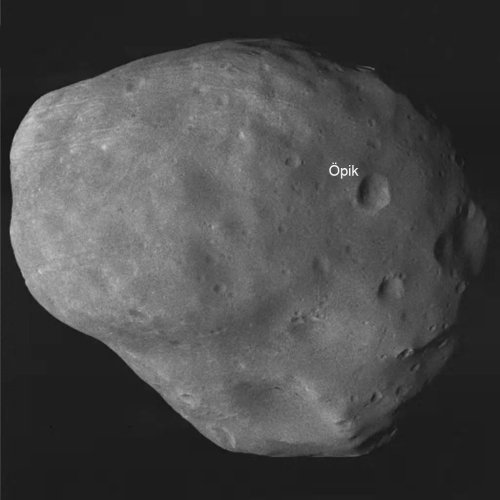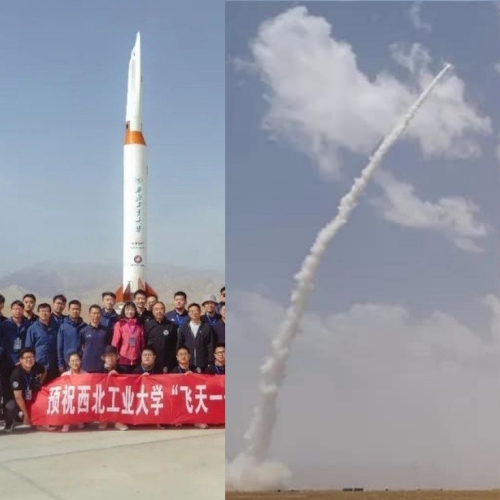Hyundai signs deal with South Korean government research agencies to develop lunar rovers
Capitalism in space: Hyundai today signed an agreement with six different South Korean government research agencies to develop a lunar rover on which those agencies can place their science instruments.
The government-funded research institutes to take part in this joint research are Korea Astronomy and Space Science Institute, Electronics and Telecommunications Research Institute, Korea Institute of Civil Engineering and Building Technology, Korea Aerospace Research Institute, Korea Atomic Energy Research Institute and Korea Automotive Technology Institute.
This deal is apparently part of South Korea’s effort to expand its space capabilities, with the government directing and funding the program. This deal also suggests that the government there is also emulating the U.S. approach and using the country’s industry to make it happen.
Capitalism in space: Hyundai today signed an agreement with six different South Korean government research agencies to develop a lunar rover on which those agencies can place their science instruments.
The government-funded research institutes to take part in this joint research are Korea Astronomy and Space Science Institute, Electronics and Telecommunications Research Institute, Korea Institute of Civil Engineering and Building Technology, Korea Aerospace Research Institute, Korea Atomic Energy Research Institute and Korea Automotive Technology Institute.
This deal is apparently part of South Korea’s effort to expand its space capabilities, with the government directing and funding the program. This deal also suggests that the government there is also emulating the U.S. approach and using the country’s industry to make it happen.




